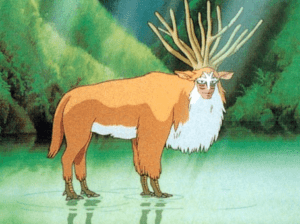Reading McCloud’s comics, I could really agree with how, I believe, the comics are being underrated. Many times, the content is judged by the form. And the form is in a stereotypical way attributed to a level of children’s amusement, imperatively creating a halo of inferiority, which is not necessarily true, as comics offer a very specific form of transmission of information, targeting our senses on multiple levels.
Projecting ourselves, a written book leaves all of the imagination on the reader under the author’s guidance. Comics books allow the reader, on the other hand, projecting themselves onto the characters through the lens of the artist. I found it fascinating, how one is able to see faces everywhere, as this is something we take for granted, not realizing how obscure and interesting it is. Just from a constellation of a curve and two dots, we are able to read the mood. Imitating basic features in combination with our imagination leads to understanding of simplified objects, enhancing the understanding of this visual language. Of course, even with visual language there is a certain initial stage of learning, but as most of the understanding is left to our imagination anyways, this boils to only a short session of interpretation of widely used basic signs and symbols. This language is globally understood. The simplification then allows wider interpretation and stimulates creativity.



